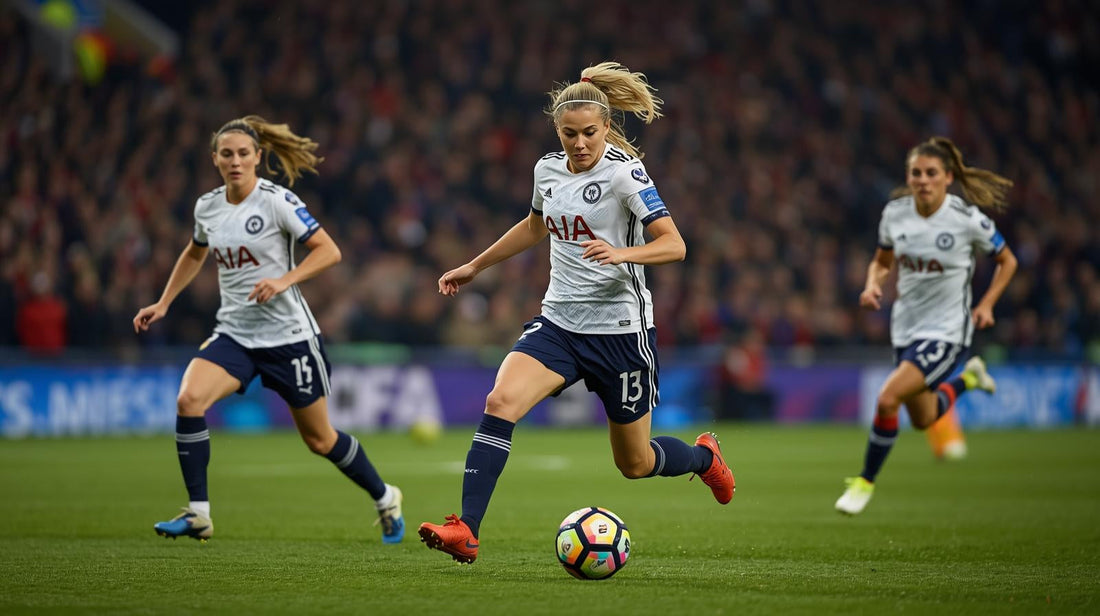
The WSL: Beginnings, Evolution, & Today
When the Women’s Super League (WSL) launched in 2011, it marked the start of a new chapter for women’s football in England. What began as a small, semi-professional league has grown into one of the most competitive and exciting competitions in world football. The journey of the WSL is a story of growth, ambition, and progress — and it’s far from finished.
🌱 How It Started
Before the WSL, the top tier of women’s football in England was the FA Women’s Premier League. It was important, but it didn’t get the funding, visibility, or fan support it deserved. The FA wanted to change that, so in 2011, the Women’s Super League was created.
The league began with just eight teams and ran as a summer competition. The idea was simple: avoid clashes with the men’s game, take advantage of better weather, and hopefully attract more fans. In those early days, many players were still part-time, attendances were modest, and media coverage was limited. But the foundations had been laid for something much bigger.
🚀 How It Grew
Over the years, the WSL started to build momentum. Big clubs like Chelsea, Arsenal, and Manchester City invested heavily in their women’s teams, bringing in resources, better facilities, and world-class players. Standards improved, and the league began to attract more attention.
The switch back to a traditional football season — running from autumn to spring — allowed English teams to compete properly in the UEFA Women’s Champions League. This aligned the WSL with the biggest competitions in Europe and raised the bar even higher.
As visibility grew, so did the audiences. Broadcasting deals with BBC and Sky Sports brought the women’s game into living rooms across the country, and more fans began turning up in person to support their clubs. The WSL went from being an experiment to becoming a driving force in the global growth of women’s football.
🔥 How It’s Going Now
Today, the WSL is fully professional. Players train and compete full-time, and the league is recognised as one of the best in the world. Clubs like Chelsea, Arsenal, Manchester United, and Manchester City are leading the way, but the competition is fierce throughout the league.
Attendances are climbing every season, with record-breaking crowds filling stadiums that once never hosted women’s matches. Media coverage is stronger than ever, and the WSL is inspiring a new generation of fans and players to get involved in the women’s game.
There are still challenges ahead — from ensuring smaller clubs are supported financially to continuing the push for fair pay and equal opportunities — but the progress so far shows just how much potential there is.
👀 What’s Next?
Looking forward, the WSL is only going to get bigger. Expect more broadcast deals, greater investment in grassroots football, and even stronger competition in Europe. Fan culture is growing too, with more people attending matches, buying shirts, and proudly supporting the women’s game.
From its modest beginnings in 2011 to its current status as a powerhouse of women’s football, the WSL is proof of how far the sport has come in England. And the best part? The journey has only just begun. 🚀